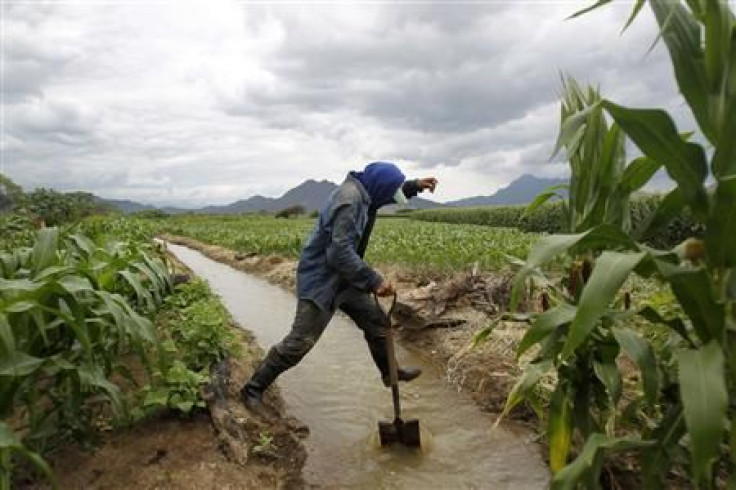Soil Moisture Affects Afternoon Rains, Study Reveals

A new study delves into global data of rain events to explain why soil moisture content is a factor affecting climate. Researchers led by the ETH Zurich's Institute for Atmospheric and Climate Science in Switzerland studied the frequency and locations of afternoon rains during summer. They were able to observe this phenomenon – precipitation is more likely to fall in places where the soil is driest compared to nearby areas.
Findings in this new research clarifies and adds new observations on when and where it rains most. Some studies state that it rains more in areas where soil has high moisture content, but this conclusion lacks substantiation. Benoit Guillod, the study’s first author and now, a researcher at the University of Oxford, explains that although soil water content influences climate, precipitation falls most in areas where the soil is driest.
The scientists described how this occurs. High amounts of soil moisture content increases the probability of afternoon rain in summer. The sun’s intense rays cause evaporation of water from land during the day. When water vapour reaches cold air layers, condensation takes place and then it rains. However, rain is most likely to fall on dry lands. Why is it so? On hot days, the warm moist air that evaporates from places with less soil moisture recede highest and bump into cold-air mass soonest. Thus, rain falls oftentimes on these sub-regions.
Studies on soil moisture as a climatic factor require constant monitoring of atmospheric processes, soil moisture content and other related elements. The Institute for Atmospheric and Climate Sciences in Switzerland is one of the pioneers in this field since 2008. ETH has worked together with Agroscope Reckenholz-Tänikon and MeteoSwiss to set-up 19 soil sensors across Switzerland for monitoring moisture content, soil temperature, and radiation. Although satellite data could provide information about water content on the soil’s surface to a depth of 3 centimetres, scientists opt to study soil moisture content at one-metre depth for a more accurate investigation.
Moreover, the scientists were able to identify at least 100,000 rain events that occurred from 2002 to 2011. Soil moisture before these rains was also evaluated. Results of this study would be the first to show an overall spatial and time-based relationship between soil moisture and precipitation. However, Guillod notes that forecasting the exact time of precipitation needs further study. Understanding more about these correlations could shed light on farming systems, especially those in the arid regions.
To contact the writer, email: jm_panganiban@hotmail.com






